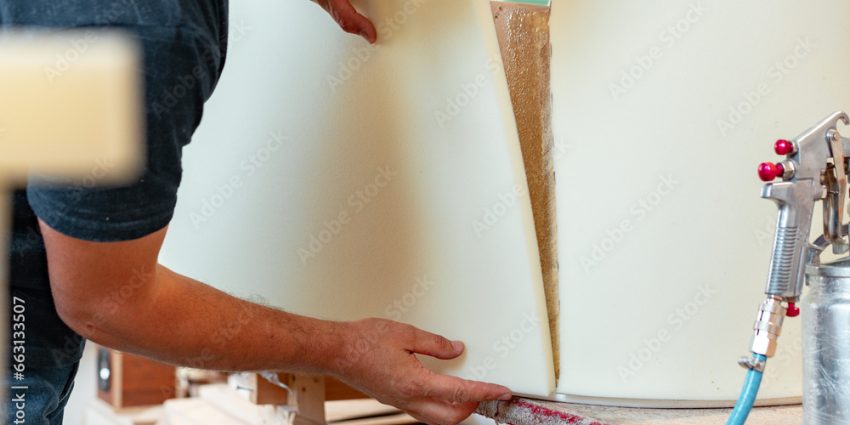Quality upholstery requires quality tools. But even the best equipment needs proper care and maintenance to stay in top condition. Follow these basic tool care tips to keep your staple guns, hammers, scissors, and other upholstery tools performing properly for years to come.
Clean After Each Use
Don’t let fabric trimmings, foam crumbs, or wood dust build up on tools. Gently wipe down surfaces with a dry cloth after each use. For more stubborn debris, apply a small amount of mineral spirits onto a cloth. Avoid immersing tools in liquid cleaners. Cover metal with a light coat of machine oil to prevent rust.
Store in a Dry Place
Moisture and humidity can corrode metal components over time. Keep tools stored in a clean, dry area when not in use. Avoid setting directly on concrete floors. Hang frequently used tools on hooks to keep them easily accessible. Store in protective cases or sleeves for added protection.
Sharpen Blade Edges
Any cutting tool will be dull with repeated use on tough materials. Periodically sharpen the blades on scissors, rotary cutters, and knives to restore a clean, precise cut. Use a honing stone, professional sharpening service, or replacement blades. Dull edges make cutting more difficult and dangerous.
Inspect for Damage
Before each use, check your staple gun, hammers, and hand tools for any cracks, dents, or malfunctions. Make sure locking mechanisms engage properly. Replace any heavily worn handles or grips. A damaged tool is ineffective at best and hazardous at worst. Don’t take risks with faulty equipment.
Lubricate Moving Parts
Apply a small drop of light machine oil to the hinges on the scissors and shears. Lubricate staple gun triggers and sliding mechanisms with sewing machine oil. A squeaky tool needs a few drops of lubrication to restore smooth operation. Too much oil attracts dust and dirt.
Replace Consumable Components
Staple guns require new staples once the magazine is empty. Rotary cutter blades become dull and need replacement after extensive use. Stock up on extra blades, cutting mats, hammerheads, and other parts that wear out.
Protect Against Drops
Cushion hard flooring work areas with pads or carpets to prevent tool damage if accidentally dropped. Wood handles and plastic components can easily crack in contact with concrete. Sturdy storage boxes also prevent shifting or falling during transport.
By keeping upholstery tools clean, sharp, and lubricated, they’ll continue performing like new even after years of hard work. Proper tool care and maintenance give you reliability, optimize cutting and finishing precision, and ultimately enable your best upholstery work. Treat your tools well so they can treat your furniture well in return!

